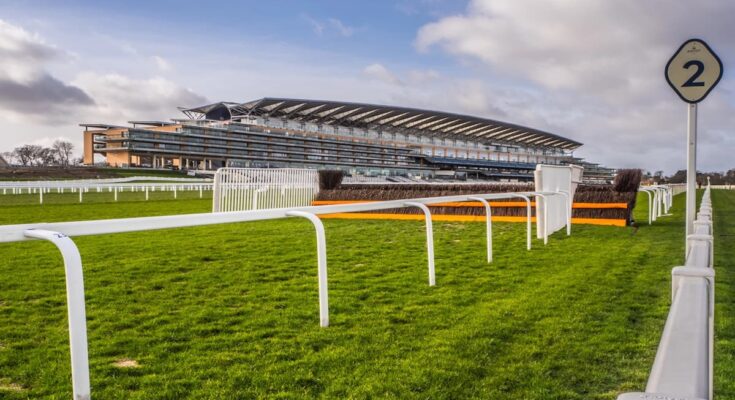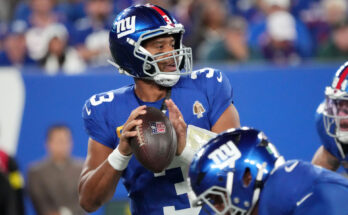Racing has been a part of American culture for hundreds of years, starting with horse racing, which is still celebrated to this day. This progressed to the introduction of automobile racing. Undoubtably, racing in all forms have had a massive impact on American culture since the nation’s birth.
In the article below, we delve into the history of America’s racing culture, both in horse and auto racing. Though the racing history of the continent is challenging to trace, here is what our history books and historians reveal about America’s racing culture. Let’s travel back in time.
Horse Racing
Horse racing has been enjoyed for a very long time, and it was considered one of the top three sports in 19th century United States along with baseball and boxing.
Early History
Long before American football and baseball gained traction in the country, horse racing was the most popular sport. It dates back to over 400 years ago, even predating the foundation of the nation. The country’s first racehorses reached the eastern seaboard as early as the 1600s. In the year 1665, the first recorded horse racing track in North America was established in what is now known as Long Island, New York. Then governor Richard Nicholls named it the Newmarket course.
From Informal to Organised
Since early horse racing was viewed as a hobby or a passion, it was most likely informal and unregulated. However, with the increasing popularity of horse racing in the country, the first tracks were built in the 17th century. These tracks marked the beginning of organized horse racing on the continent. It is essential to know that American horse racing is incomplete without the Thoroughbred, which is a breed of horse that is known for speed and power.
In 1868, the American Stud Book for Thoroughbred horse racing was established, officially launching organized horse racing in the US. Thoroughbred horse racing is considered the oldest sport in not only America but the entire world. Since its inception, horse racing has continued in one form or another, even today.
Establishment of Tracks and Clubs
By 1890, over 314 horse racing tracks had been established and were operating in the US. While horse racing was gaining popularity in America, questions were still raised by sports opponents on whether it adds any value. They challenged its validity and practice by stating numerous concerns, including the dangers of racing in the narrow streets.
Regardless of all these challenges and concerns, the elites still considered horse racing valid as it was a popular affair among Americans from all classes. These elites, including track and stable owners, established the American Jockey Club in 1894. It consisted of several wealthy horse breeders who organized the first real, large-scale tournaments on the continent, offering trophies and cash prizes to the winners.
Popularity and Gambling in the 20th Century
There was a great deal of controversy about gambling in the 20th century, this eventually led to a ban on bookmaking, meaning it became illegal for horse racing spectators, who would no longer be able to place bets on races. As a result of the ban, only 25 of the 314 tracks continued operating.
However, in the same year, pari-mutuel or parlay betting was introduced and legalized immediately. The legalization of pari-mutuel betting not only allowed the reopening of the racing tracks, but states were also able to collect taxes on wagers.
Horse racing remained popular throughout the 20th century in the United States, even through the Great Depression and both World Wars.
Horse Racing Today
The American Jockey Club, which assumed authority in 1894, still oversees Thoroughbred breeding and racing in the country. They now work hand-in-hand with the state racing commissions to organize and manage horse racing today. In fact, American betting on horse racing is regulated by the state where the race is being conducted.
Auto Racing
Automobiles made their way to America in the 1880s. Since then, auto racing has become a popular sport alongside horse racing and baseball. With Ohio’s deep-rooted motorsport legacy and other historic venues playing an instrumental role in the development and success of auto racing in America, let’s dive into the history and popularity of auto racing in the US.
Early Auto Races
Automobiles gained a great deal of popularity in the 1880s, which had a big impact on racing culture. However, due to cars being in their infancy, no official racing tracks were constructed, which led to the organization of public street races. However, soon after the launch of street racing, both drivers and promoters realized it was unsafe. Keeping the crowd away from the roads was the biggest challenge.
So, what did they do? They saw an amazing opportunity to make use of horse racing tracks to organize their auto racing. This led to the transition from horse racing to auto racing.
Road Racing Pioneers
Road racing was introduced in the early 1900s in America. William K. Vanderbilt, Jr. was instrumental in the development of automotive history by introducing the first road racing series, called the Vanderbilt Cup in 1904. However, the series only ran for 13 years, ending in 1916. The historical importance of this series cannot be understated as it helped form the future of road racing and opened new avenues for new series and events.
NASCAR’s Rise
Founded by Bill France Sr. in the late 1940s, NASCAR organizes and manages stock car racing events, both within the country and internationally. The popularity of NASCAR increased in the 1960s and 70s; however, it wasn’t until the 1990s that the sport experienced immense popularity with the Brickyard 400 at Indianapolis Motor Speedway. This involved new media agreements and coverage by popular news channels like Fox, Turner and NBC.
Source link




